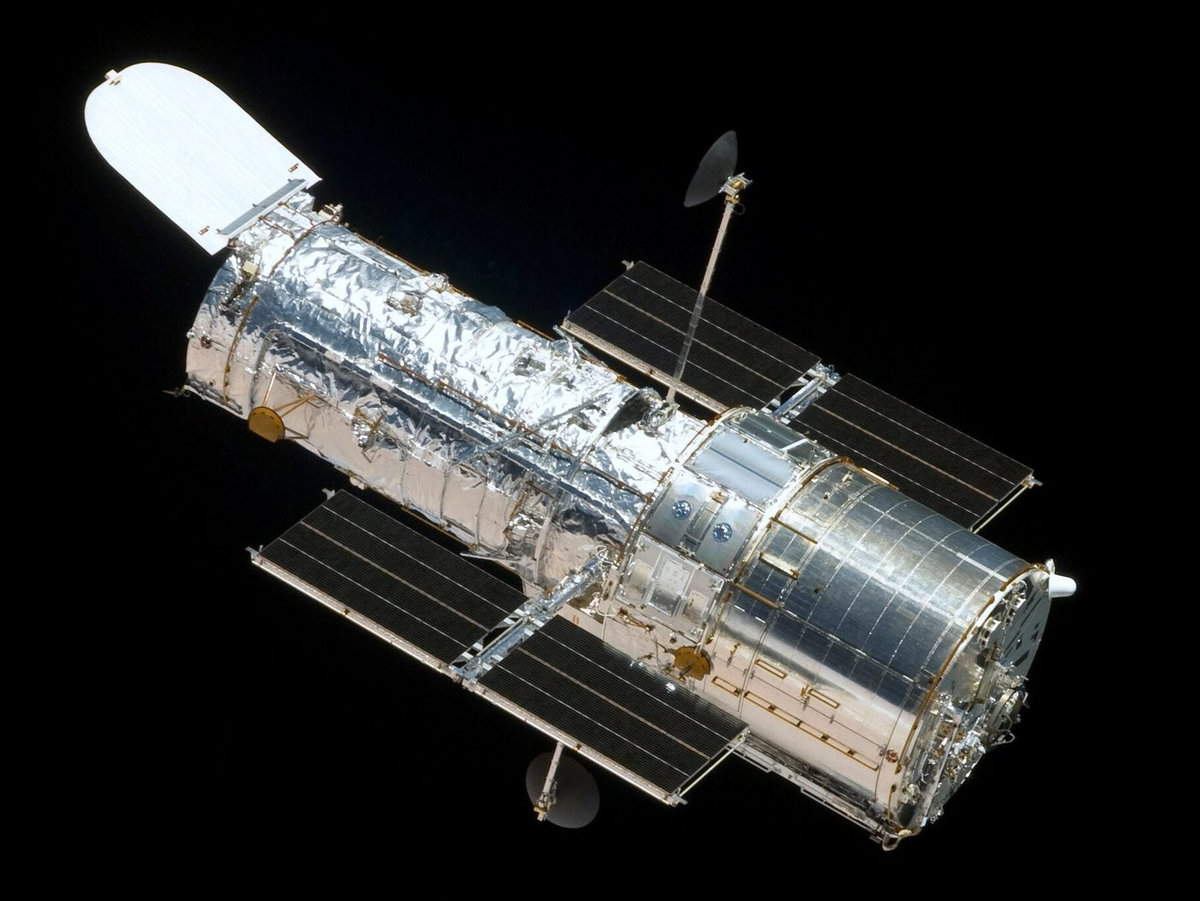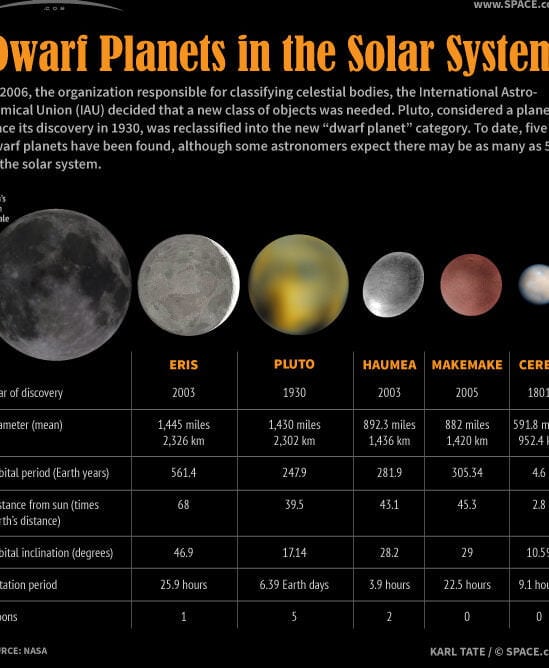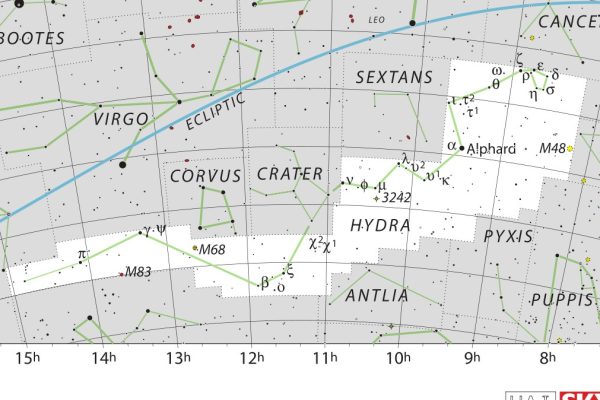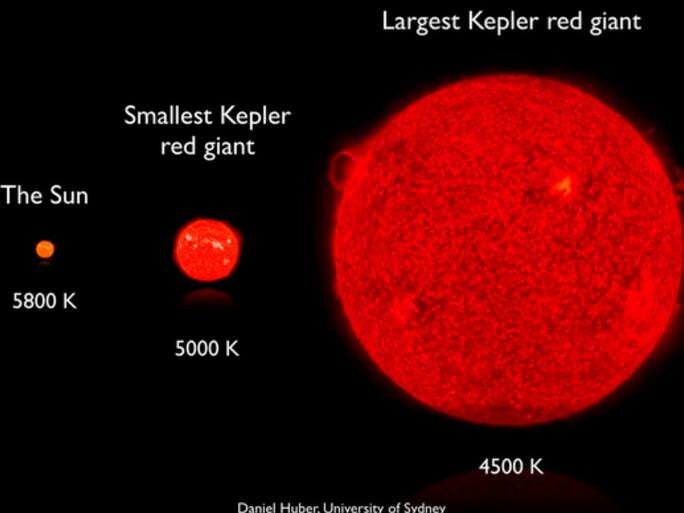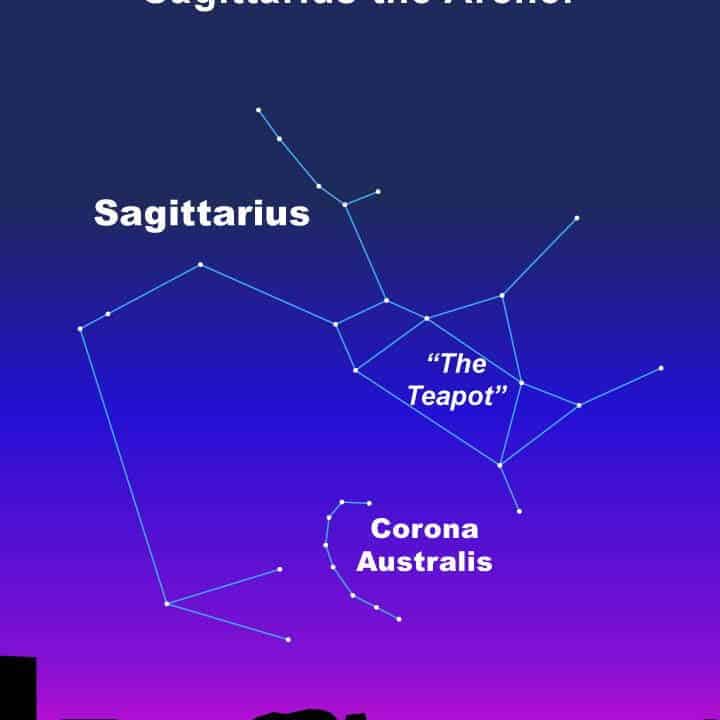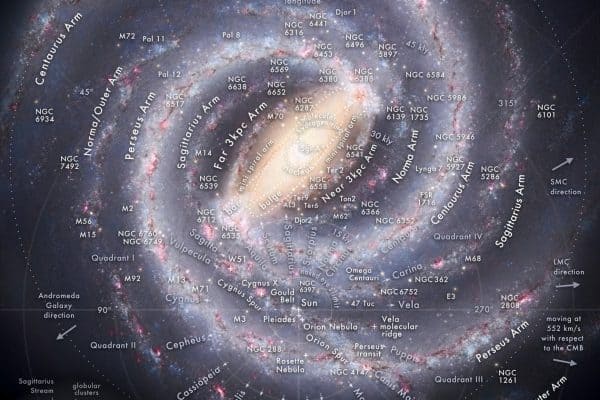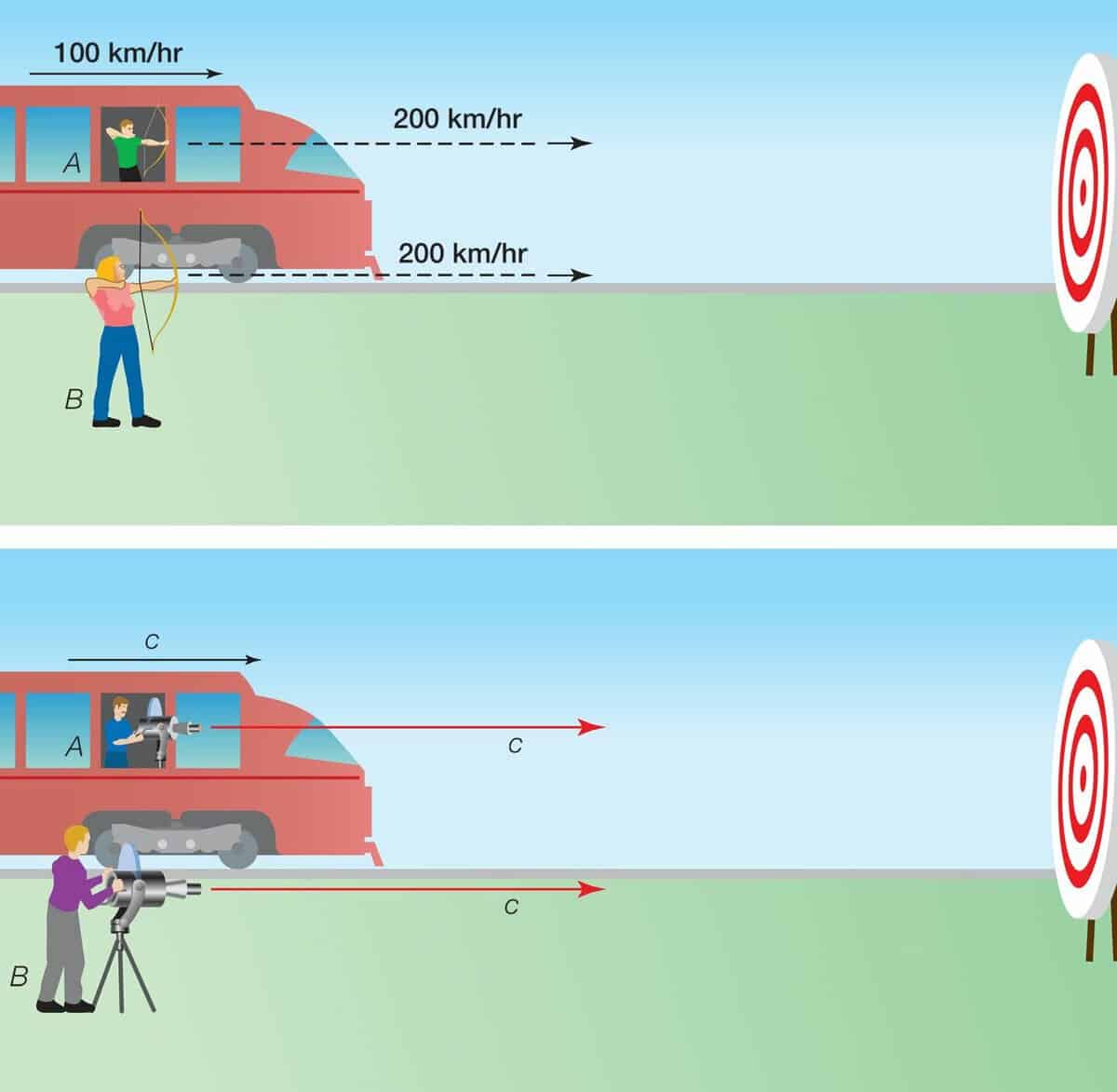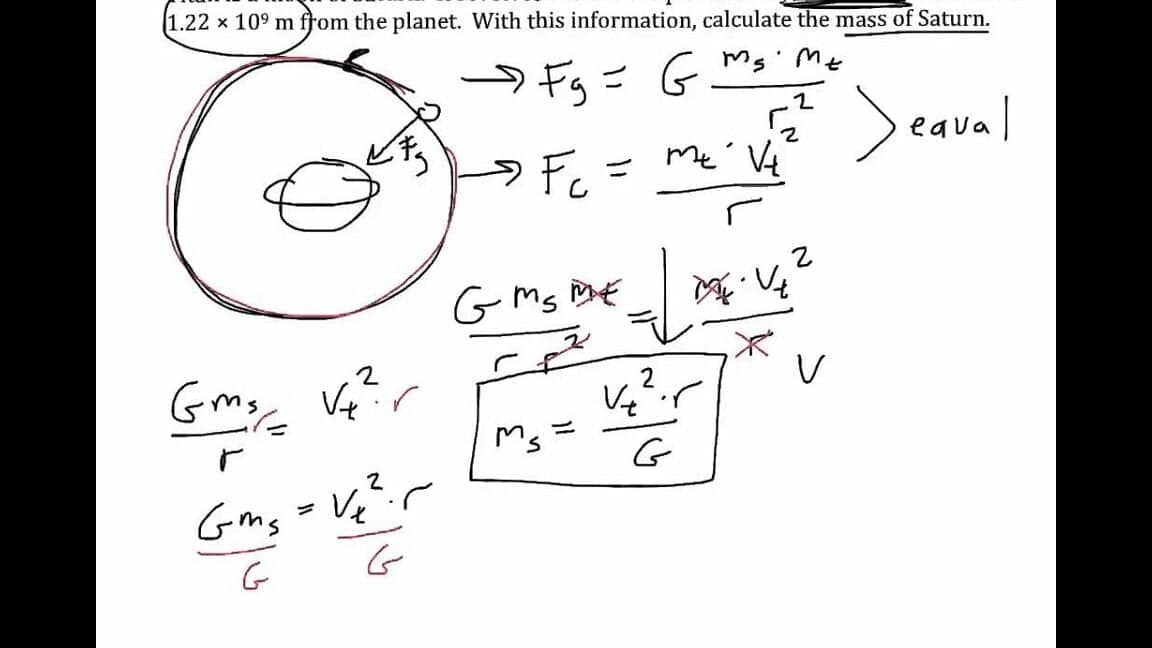
How to determine the mass of a planet
Newton’s law of universal gravitation provides a method for calculating one of the most important physical properties of a celestial object – its mass. This can be done in several ways: a) By measuring the gravitational force on the surface of the planet (gravimetric method), b) Using Kepler’s third law, c) Analyzing the observed perturbations…





